This is when the nucleus between the spinal cord vertebrates is removed from the annulus. Herniated discs can also be called bulge ruptured, slipped, or slipped discs.
It can happen in three spinal sections (thoracic, cervical, and lumbar).
Lumbar herniated disc
Mirror resonance imaging tests can identify a herniated disk. A herniated spine is characterized by back pain. Other symptoms, such as pain in the lower spine and buttocks, are common with lumbar herniated disks. A herniated disk can cause punching of any spinal nerve, leading to weakness, numbness, and tingling in your legs.
Herniation of the cervical spine
A herniated cervical disc can cause severe pain, muscle spasms, and weakness in the neck, shoulder, or upper limbs. If left untreated, the condition can progress to the point that the disc herniation pinches spinal nerves, which can cause arm dysfunction and pain.
Herniation of the thoracic spine
This is the most rare type of herniation. This pain is located in the abdomen and can cause leg weakness.
Herniated disc – Physical therapy
A physical therapist will identify the affected area, as herniation can occur in many places. They will assess your strength and identify areas that are causing pain. A herniated disk can cause nerve pinching and affect your sensations. You feel pain in your back for two days. You will be guided by a physical therapist. Your physical therapist will recommend bed rest and aerobic exercises like walking and swimming, and depending on your condition, they may also recommend exercises like dying bug, prone extensions, and standing rows.
Conclusion
If the disc herniation has not been severe enough and the disc is only slipping slightly, a physical therapist may be able to help you. However, if you have multiple herniated discs or a significant herniation, then you will need to have surgery. After that, you can consult a physical therapist. It is nearly impossible to return to your normal range of motion after spinal surgery. However, a physical therapist can help you achieve that goal.


